Brahman Cattle
- January 30, 2024
- 0 comment
Brahman cattle, a breed known for its distinct and striking appearance, have carved a significant niche in the world of cattle farming. These cattle are characterized by their prominent humps, loose and wrinkled skin, and large, pendulous ears. Originating in the United States during the late 19th and early 20th centuries, Brahman cattle are the result of crossbreeding various Indian cattle breeds, including the Gyr, Guzerat, and Krishna Valley cattle.
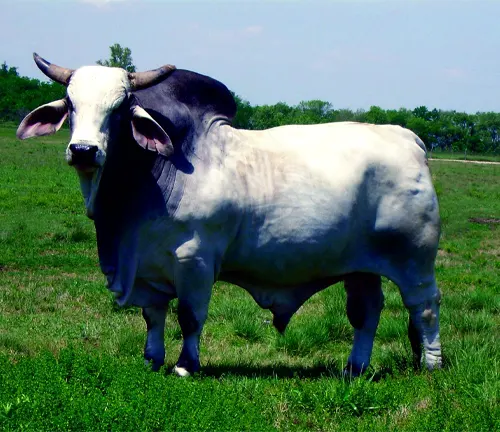
One of the most remarkable features of Brahman cattle is their adaptability and resilience. They thrive in hot and humid climates, thanks to their unique physical traits, which help them regulate body temperature and fend off insects. This resilience also extends to their resistance to diseases and parasites, making them well-suited for tropical and subtropical regions where other breeds may struggle.
In addition to their adaptability, Brahman cattle are prized for their meat quality. Their lean and tender meat is highly regarded in the beef industry, making them valuable for beef production. They also play a pivotal role in crossbreeding programs, enhancing the heat tolerance and disease resistance of other cattle breeds.
Beyond their meat production contributions, Brahman cattle have a global presence, adapting to diverse environments worldwide. They play a crucial role in ensuring food security, especially in regions with challenging environmental conditions.
| Specification | Details |
|---|---|
| Breed | Brahman Cattle |
| Origin | United States (Late 19th and early 20th centuries) |
| Primary Use | Beef Production |
| Physical Characteristics | Humped back, loose and wrinkled skin, large droopy ears |
| Adaptability | Thrives in hot and humid climates, heat-tolerant, disease-resistant |
| Meat Quality | Lean and tender meat, prized for beef production |
| Crossbreeding Role | Used to enhance heat tolerance and disease resistance in other breeds |
| Global Presence | Found worldwide, adaptable to various environments |
| Challenges and Care | Requires specific care in terms of nutrition and health management |
| Economic Importance | Significant contribution to the agricultural industry, food security |
| Conservation Efforts | Initiatives to preserve genetic diversity and heritage |
| Lifespan | Up to 15 years or more with proper care |
| Temperament | Generally docile, but individual temperament may vary |
| Special Feeding Requirements | Specific dietary needs to support their metabolism and adaptability |
| Dairy Production | Primarily raised for beef, less common in dairy production |
| Breeding Considerations | Traits like heat tolerance, disease resistance, and conformation considered |
| Pop Culture Presence | Featured in movies, literature, and cultural references |
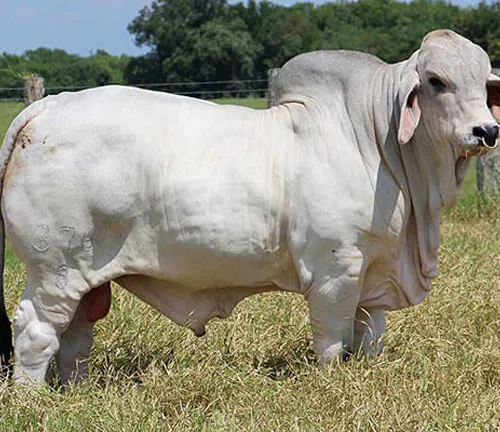
Brahman cattle are a fascinating breed known for their distinctive characteristics and contributions to the cattle industry. In this article, we will explore the world of Brahman cattle, from their origin and physical features to their economic importance and even their presence in pop culture. Let’s dive into the world of Brahman cattle together.
Origin and History
Brahman cattle have a rich history that dates back to the late 19th and early 20th centuries. Discover how these cattle were developed and their Indian origins that played a crucial role in their creation.
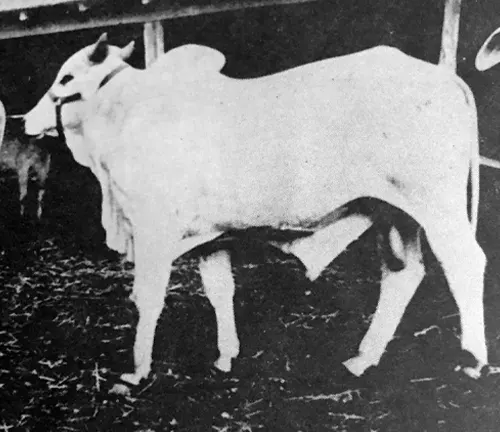
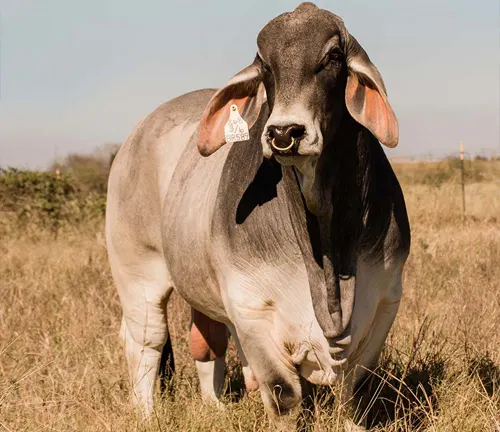
Distinctive Physical Features
One of the first things that come to mind when you think of Brahman cattle is their unique physical appearance. Explore their humps, loose skin, and droopy ears, and understand why these features are essential to their survival.
Adaptability and Resilience
Brahman cattle are celebrated for their remarkable adaptability and resilience, particularly in challenging climates. Learn how they thrive in hot and humid conditions and their natural resistance to diseases.
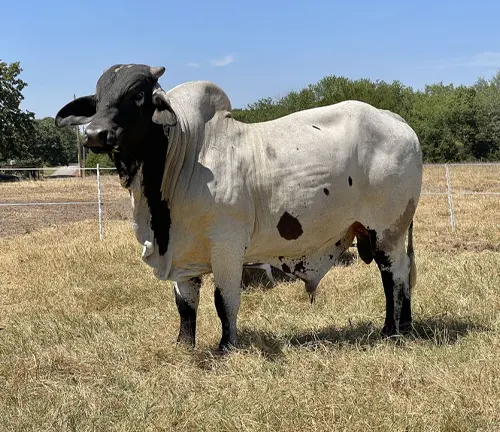
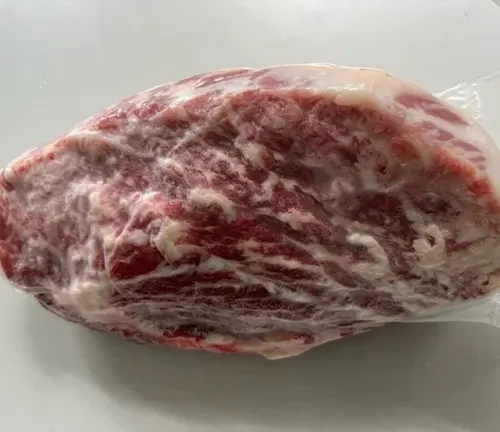
Meat Quality and Production
The meat industry values Brahman cattle for their contribution to high-quality beef production. Discover the traits that make their meat so sought after by ranchers and consumers alike.
Role in Crossbreeding
Brahman cattle aren’t just valuable on their own; they also play a vital role in crossbreeding programs. Explore how they enhance the characteristics of other cattle breeds, such as heat tolerance and disease resistance.
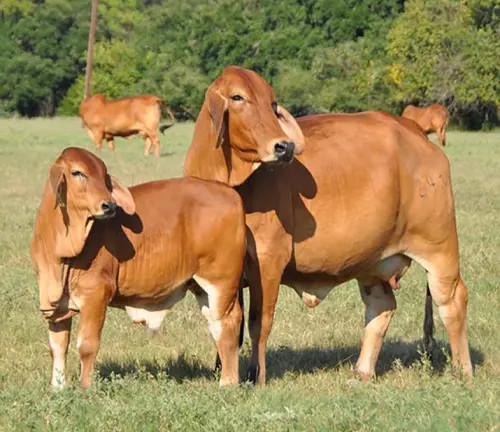

Brahman Cattle Worldwide
Brahman cattle have transcended their American roots and can now be found in various parts of the world. Learn about their global presence and how they adapt to diverse environments.
Challenges and Care
Raising Brahman cattle comes with its own set of challenges. This section covers the specific care and considerations required to ensure the well-being of these remarkable animals.
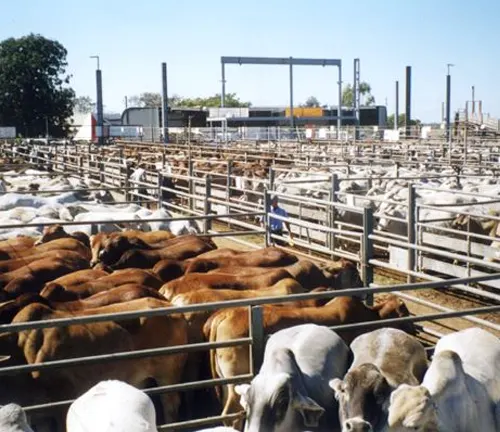
Economic Importance
The economic significance of Brahman cattle cannot be overstated, especially in regions with harsh environmental conditions. Discover how they contribute to food security and the agricultural industry.
Brahman Cattle in Pop Culture
Brahman cattle have made their mark in various forms of popular culture, from movies to literature and more. Explore their presence and significance in the entertainment world.
Different Species
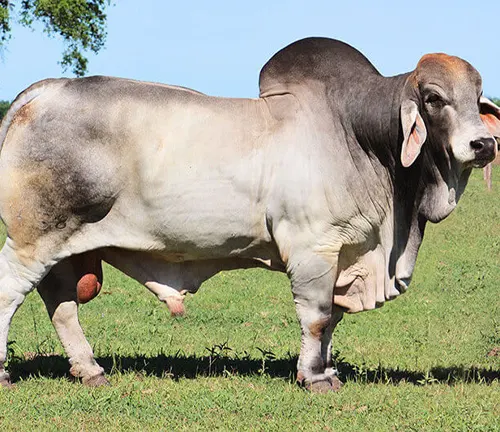
American Brahman
This is the most common strain of Brahman cattle and is known for its hump, loose skin, and adaptability to hot and humid climates. American Brahman cattle are used for beef production and are widely distributed in the United States.
Indu-Brazil
The Indu-Brazil strain is a result of the crossbreeding between Indian Brahman cattle and Brazilian Zebu cattle. They are known for their hardiness and adaptability to tropical regions.


Red Brahman
Red Brahman cattle, as the name suggests, have a reddish-brown coat. They are recognized for their meat quality and are often used in crossbreeding programs to improve the characteristics of other breeds.
Grey Brahman
Grey Brahman cattle have a light gray coat and are known for their heat tolerance and disease resistance. They are commonly found in regions with hot and humid climates.
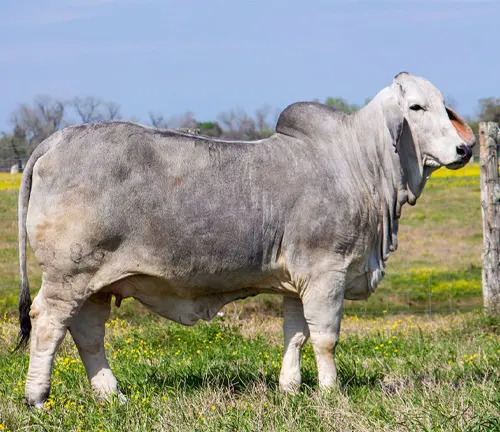

Brahman Crossbreeds
While not a separate species, Brahman cattle are often used in crossbreeding programs to improve the traits of other cattle breeds. These crossbred cattle may have varying percentages of Brahman genetics and are developed to combine the strengths of different breeds.
Frequently Asked Question (FAQs)
1. What is the origin of Brahman cattle?
Brahman cattle originated in the United States in the late 19th and early 20th centuries through the crossbreeding of Indian cattle breeds, primarily the Gyr, Guzerat, and Krishna Valley cattle.
2. What are the distinctive physical features of Brahman cattle?
Brahman cattle are known for their humped backs, loose and wrinkled skin, and large droopy ears.
3. Why are Brahman cattle so adaptable and resilient?
Their adaptability and resilience stem from their unique physical traits, such as the hump and loose skin, which help them regulate body temperature and resist diseases.
4. What is the meat quality of Brahman cattle?
Brahman cattle are prized for their lean and tender meat, making them valuable for beef production.
5. How do Brahman cattle contribute to crossbreeding programs?
They are used to enhance the heat tolerance and disease resistance of other cattle breeds when crossbred with them.
6. Where can Brahman cattle be found worldwide?
Brahman cattle have a global presence and are adaptable to various regions, particularly those with hot and humid climates.
7. What are the challenges in raising Brahman cattle?
Challenges include disease management, specific care requirements, and adaptation to different environmental conditions.
8. What is the economic importance of Brahman cattle?
Brahman cattle play a significant role in the agricultural industry, contributing to beef production and food security in challenging environments.
9. What is the future outlook for Brahman cattle?
The future prospects for Brahman cattle include potential developments in breeding and utilization to meet evolving agricultural needs.
10. Are there conservation efforts in place for Brahman cattle?
Yes, there are ongoing efforts to preserve and protect the genetic diversity and heritage of Brahman cattle.
11. Can you share some interesting facts about Brahman cattle?
Discover intriguing and lesser-known facts about these remarkable bovines.
12. How have Brahman cattle influenced popular culture?
Explore their presence in movies, literature, and cultural references.


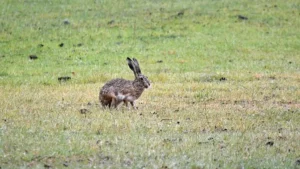
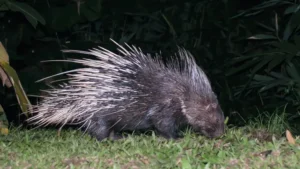

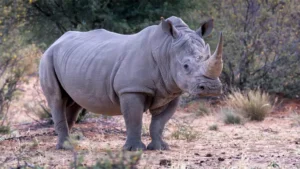


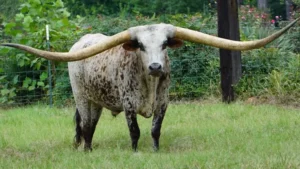
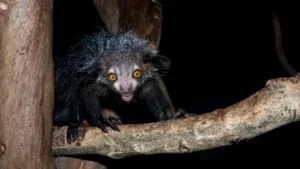
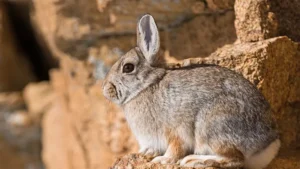
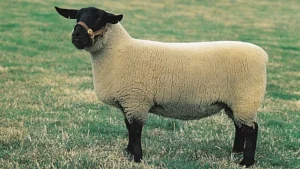


Leave your comment